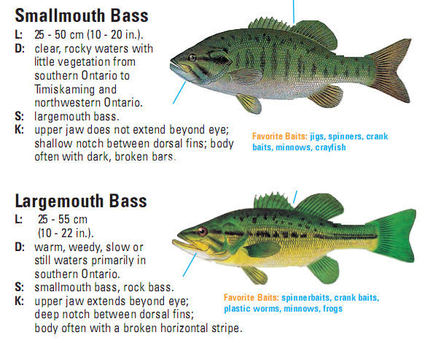 Image courtesy of www.fishingfury.com. Click the image for more information. Image courtesy of www.fishingfury.com. Click the image for more information. David Hoefer, of Louisville, Ky., is co-editor of The Last Resort and the author of the book's Introduction. If you would like to share your thoughts on Clearing the Fog, contact us here. Much of the pleasure of reading The Last Resort journal lies in John Goodlett’s casual recording of a day’s adventures in a style that reflects the camp's relaxed atmosphere. We shouldn’t forget, however, that Pud had a second reason for writing: to try on for size the classroom instruction he was receiving in biology as an undergraduate at the University of Kentucky. Many of his observations involve the identification of plants and animals that were part of the natural wealth of Anderson County. In other words, the power to name, deployed with rigor and care. Of course, the boys of The Last Resort already possessed a vocabulary in the hundreds for local flora and fauna. But Pud was learning a new precision in naming based on scientifically defined relationships of plants and animals. The criteria for choosing one name over another is built into these schemes, typically as the presence or absence of one or more physical attributes. This branch of science, called taxonomy or systematics, is a refined form of pattern recognition. The difficulty Sallie and I faced in assembling The Last Resort’s taxonomic list was trying to link the variably deployed common names—sometimes called folk taxonomy—to the scientific equivalents of greater precision. Linguists have long noted that folk taxonomy favors family or genus over species. We comment on sparrows picking up crumbs off the sidewalk rather than House Sparrows (Passer domesticus). The existence of slangy terms adds further complication because slang comes and goes and can vary in meaning by region. I was surprised to find out that the redbellies caught by Bobby Cole in Salt River were Pumpkinseeds, a kind of sunfish (Lepomis gibbosus). In other places, a redbelly is a Redbreast Sunfish (Lepomis auritus). Does this mean that folk terms—those common names we all use, including scientists—are in some sense faulty and to be avoided? Definitely not. Popular terms do what they’re supposed to do: provide a robust, if flexible, basis for everyday communication, at exactly the level of precision required. Scientific classification sometimes goes too far in the opposite direction, pushing distinctions based on trivial differences and filing away our easy observations of nature (and nature’s beauty) in dusty cabinets of the mind. That said, it’s heartening to see Pud’s dedication to correctly identifying the living things around him. One senses the importance he placed on proper naming and, behind that, the joy he experienced in honestly acquired knowledge. Sure, The Last Resort journal was meant as a record of the daily doings of Pud and his pals in their Salt River haven. But the journal had another purpose all along: to help young John Goodlett build a bridge to his future, which he had already glimpsed in excellent new words for identifying the marvels of his daily acquaintance. In the photos above, David Hoefer displays a Smallmouth Bass (left) and a Largemouth Bass (right) pulled from Lake Cumberland in south central Kentucky. For a comprehensive database of fish species, click here.
2 Comments
Joseph Ford
4/22/2018 11:50:25 pm
Mr Hoefer,
Reply
David Hoefer
4/24/2018 03:11:30 pm
That's a great idea, Joe. Another angle would be to see if we could confirm the various honey holes that Pud mentions during the course of the journal. I think Sallie, with help from her Anderson County connections, has already identified some of these locations.
Reply
Your comment will be posted after it is approved.
Leave a Reply. |
Details
Archives
June 2023
Categories
All
|

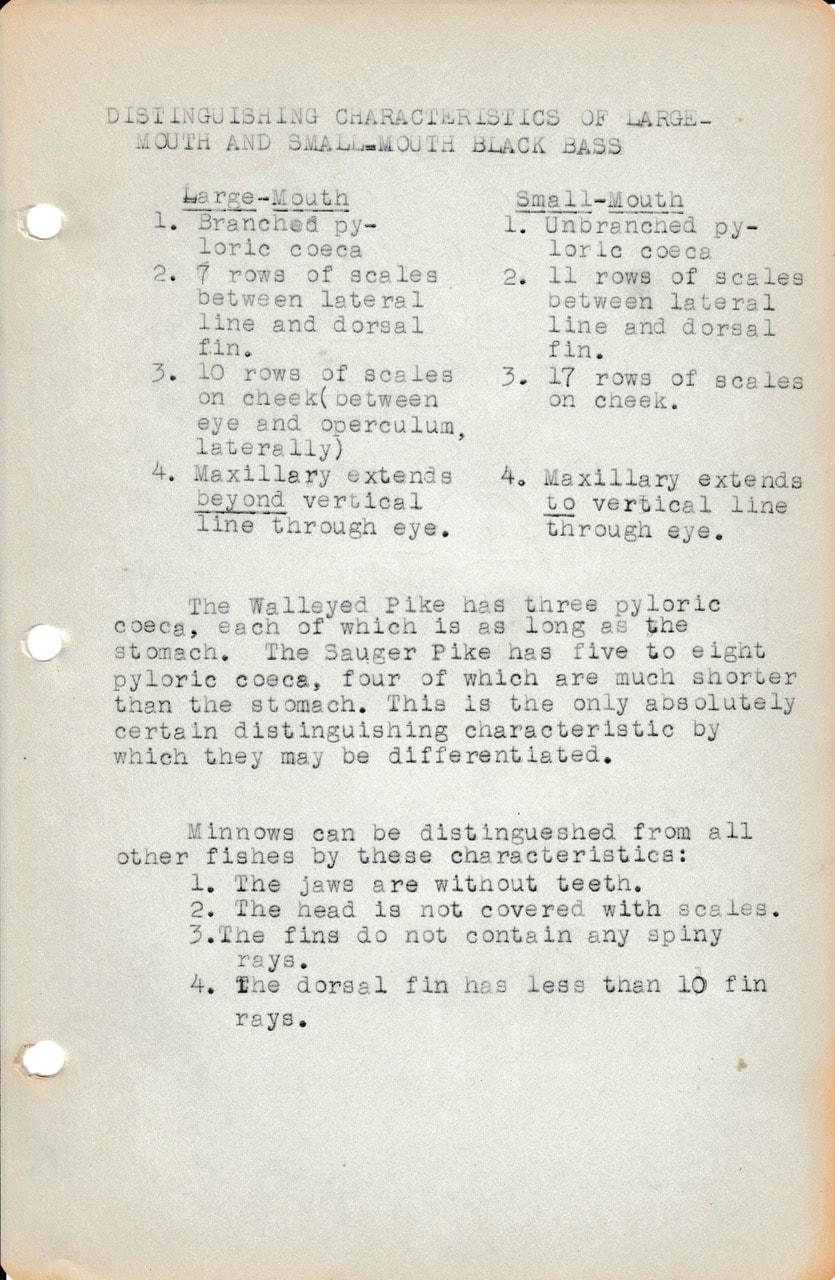
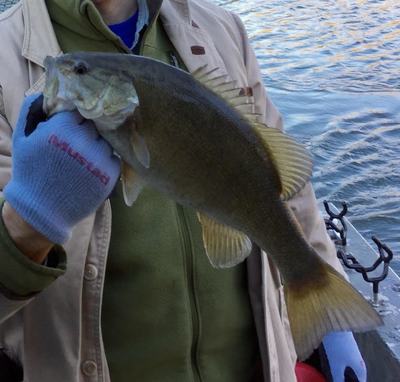
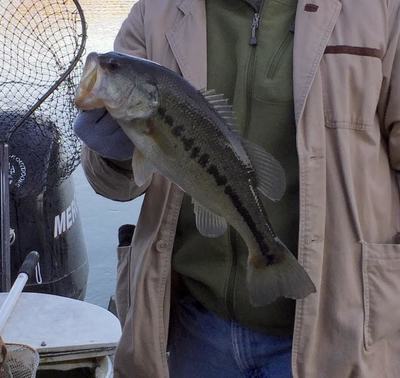
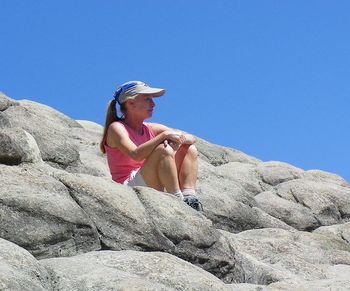
 RSS Feed
RSS Feed